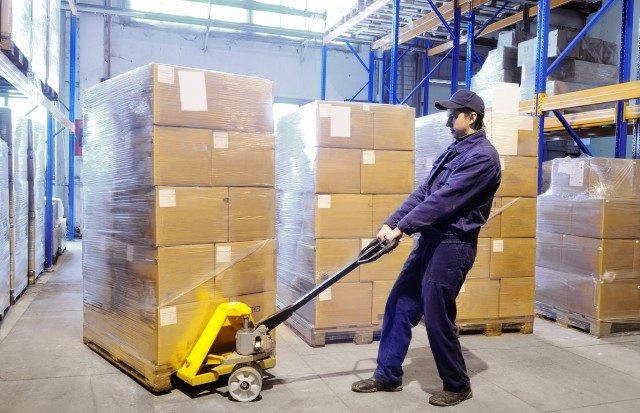To meet growing population demand, the global supply of food has evolved into an intricate matrix of production points and dispersed distribution networks.
With each step adding more complexity to the process and less scrupulous suppliers providing false or inferior ingredients, it is hardly surprising if unwitting consumers are sold counterfeits or products claims that fall short of their brand promise.
From farm to table, manufacturers are challenged to deliver a product that can securely navigate the many invisible risks while ensuring compliance with safety, security, social and environmental standards.
Without real transparency throughout the supply chain, these risks can result in claims, product recalls and major damage to brand reputation.
Meanwhile, consumers continue to clamber for more information about the product and packaging origin of the food they want to buy.
Likewise, to prove a product’s higher value attributes such as the sustainable practices of the farm, animal welfare or organic certification, a method of simple and cost-effective data capture is needed.
A workable solution is achievable.
As supply chains becoming increasingly digitalized, companies have developed cloud-based platforms that enable unit-level traceability.
Powered by copy-proof quick response or QR codes and facilitated by data management platforms, these smart packaging solutions securely capture product and process data, making it available to stakeholders located across the globe.
QR codes provide a unique identifier on each product to track movements in the supply chain while mobile web forms collect information from each step of the process – define what you need to track, record and report via a web dashboard.
Usually, you will want to record every supplier that connects with your supply chain, or the field where produce was picked, including the grower’s name and the dates of harvest and delivery to your storage location.
Any additional information/field that is important for the business, workflow, brand and regulators should be recorded.
Rather than bearing a generic label affirming that a punnet of tomatoes has been organically farmed, when the unique QR-code on the label is scanned, the consumer can find out where the tomato was grown, how it was certified as organic and its journey details to the salad bowl.
Providing such transparency before purchase will reassure the consumer that the organic tomato is what it says it is, justifying its higher price.
Smart packaging solution for traceability
An inventory management and traceability program starts as soon as you receive produce, food items or raw ingredients from the supplier or from the field to your storage site.
Once every container is labelled with the pre-printed QR code label, you can then scan the code to activate the product’s digital identify and use a smartphone or tablet to enter batch information into the system.
A cloud-based traceability platform will capture every movement of the product through each step of the journey: receiving, picking, packing, warehousing, shipping to a customer, etc.
This includes additional data recorded at each production step, as well as lot numbers of all ingredients and associated data for each lot number.
If you are a food processor or manufacturer with a platform providing end-to-end transparency of the supply chain, it is not difficult to trace back up the production trail to pinpoint a problem, whether it is related to the ingredient or to the production process.
If there is a problem with any product batch, you can quickly find all other products from the same batch, which may also be affected.
Blockchain for enhanced transparency
Highly decentralized supply chain management functions such as traceability and authentication are prime candidates for blockchain.
It can potentially transform and disrupt supply chains because the distributed ledger can unify previously fragmented flows of money, goods, information and digital assets.
As a source of product supply chain information – with the entire product history visible to all players – blockchains open up new opportunities for collaboration in sharing and exchanging data and value in a secure way.
For some companies with traceability solutions, blockchain is the heart of their integrated data platform.
For others, where QR codes are a centralized solution and not blockchain based, blockchain is seen as augmenting and enhancing traceability, transparency and trust, but is not the core.
Case study: Cambio coffee
Cambio Coffee is a premium Chinese coffee brand that is ethically and sustainably sourced.
The company has a social enterprise mission and wants to raise awareness of its sourcing practices and also demonstrates it.
“Our goal is to connect the consumer to the origin story,” says CEO Sebastian Martin.
“So far we have been doing it through our marketing material. Now blockchain technology gives us a way to validate our claims.”
Cambio buys coffee beans from South West China and Peru.
When the coffee beans are harvested and passed to the shipper, that action is logged on a blockchain.
The tracking also covers the roasting and packaging processes all the way to the store.
When a customer scans a barcode on the product packaging, he/she can know that the product is real while obtaining transparency data about the ingredients.
Story by Tim Hadsel-Mares, Regional Sales Director, ScanTrust










